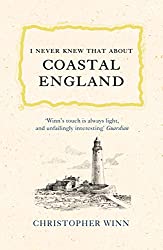7 Fortresses for you to overthrow
Surely, everyone loves visiting castles and especially the magnificent fortresses that we have in the southeast of England. Here in my first post, we explore the Kent castles of Dover Castle, Scotney Castle, Canterbury Castle, Hever Castle, Chiddingstone Castle, Deal Castle and Eynsford Castle.
Keep an eye out for my second post too. Where we visit 7 more Kent castles, Leeds, Sissinghurst Castle Garden, Walmer Castle, Rochester Castle, Upnor Castle, Lullingstone Castle and Sandown Castle Garden.
The thought of venturing off and exploring ancient castles in Kent feels me with joy, from their dark dungeon floors to their rooftop ramparts; what’s not to love?
There are so many castles to visit in Kent; I never realised until I listed them how many we had previously seen.
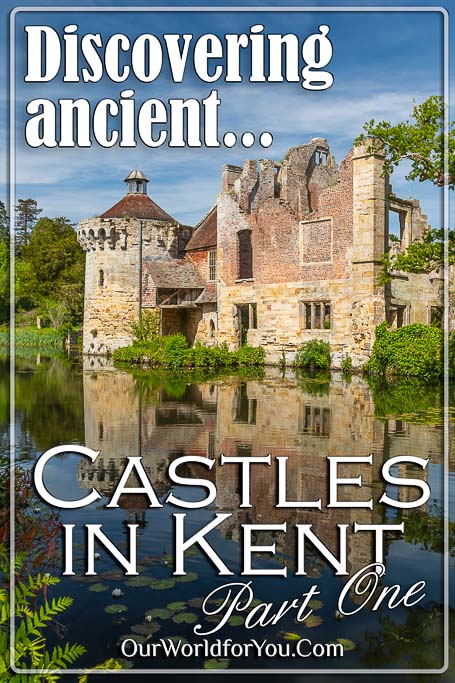
I presume it’s Kent’s exposed location to our overseas neighbours in the southeast of England that has led to us fortifying ourselves so securely. We have been embroiled in so many battles with European nations through the centuries.
So, without further ado, here are our first 7 Kent castles in Kent to explore.
Where are the 7 ancient castles in Kent?
Dover Castle sits as a commanding sight high above the White Cliffs of Dover and is such an iconic vision along the Kent coastline. Without hesitation, this magnificent castle should be high on your discovering Kent castle’s list.
There are so many things to do at Dover Castle that you’ll undoubtedly need to allow a whole day to fully experience it. This stunning castle with far-reaching views across the English Channel is lovingly managed by English Heritage.
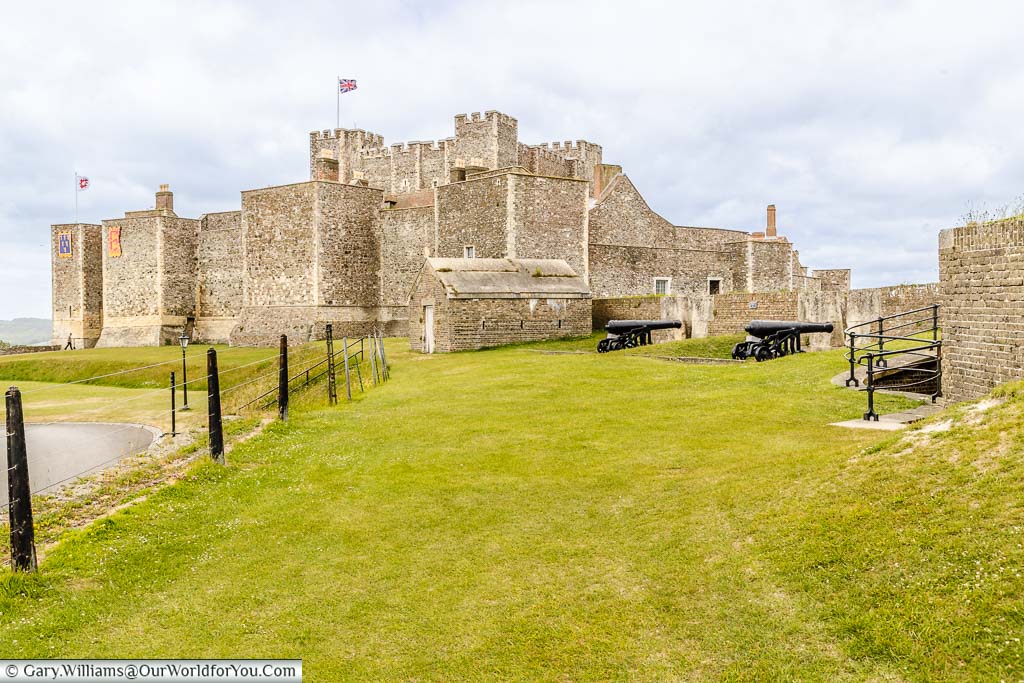
It was William the Conqueror’s success at the Battle of Hastings in 1066 that first led to the defences being put in place at Dover Castle. Incredibly, Dover Castle was garrisoned for a further 800 years up until 1958.
The Dover Castle that you visit today was rebuilt by Henry II during 1180-89; it actually played more of a role as a majestic palace rather than a fortress. However, the Grand Tower certainly creates an imposing impact across Dover’s skyline.
There is so much to discover at Dover Castle; besides the Grand Tower, this fortress has many tales to tell. Visit the Secret Wartime Tunnels and immerse yourself into the story of how the Dunkirk Landings unfolded during WWII. If the wartime tunnels weren’t quite enough for you, there are also medieval tunnels to explore.
Also, join the fascinating tour of the underground hospital and try your hand at Morse Code at the post-war signalling station.
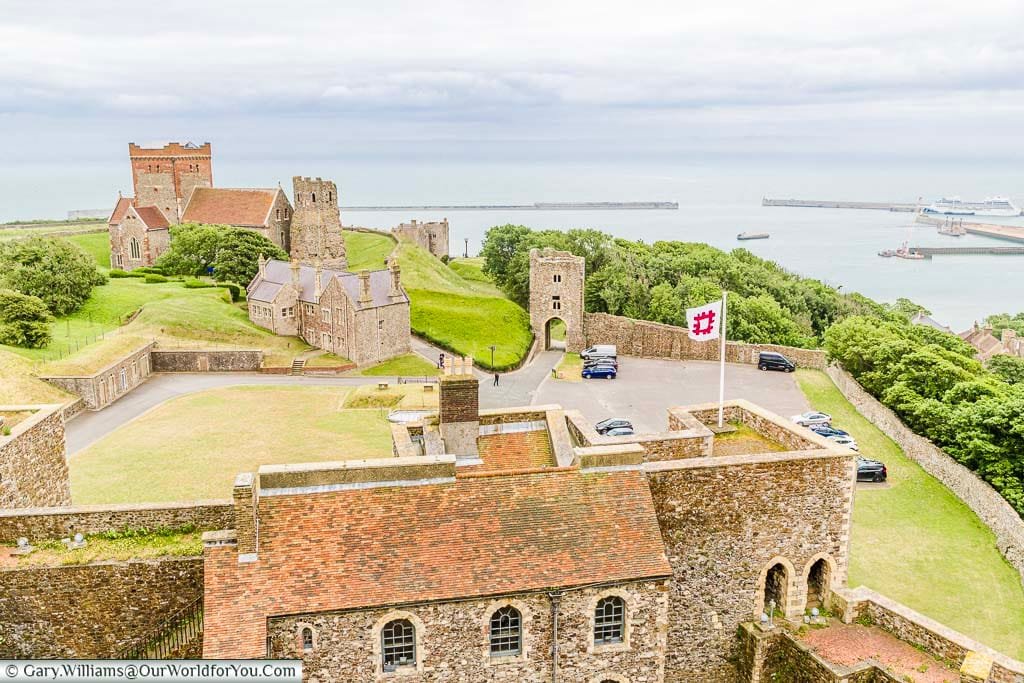
I can guarantee that when you first catch sight of Scotney Castle appears before you, you’ll be dumbstruck; it is a breath-taking view. The picturesque, moated castle could be from a fairy-tale.
Scotney Castle is secretly nestled away in the heart of Kent’s rolling countryside and is devotedly managed by The National Trust. As you wend your way closer, you almost feel like you’ve stepped into a landscape painting.
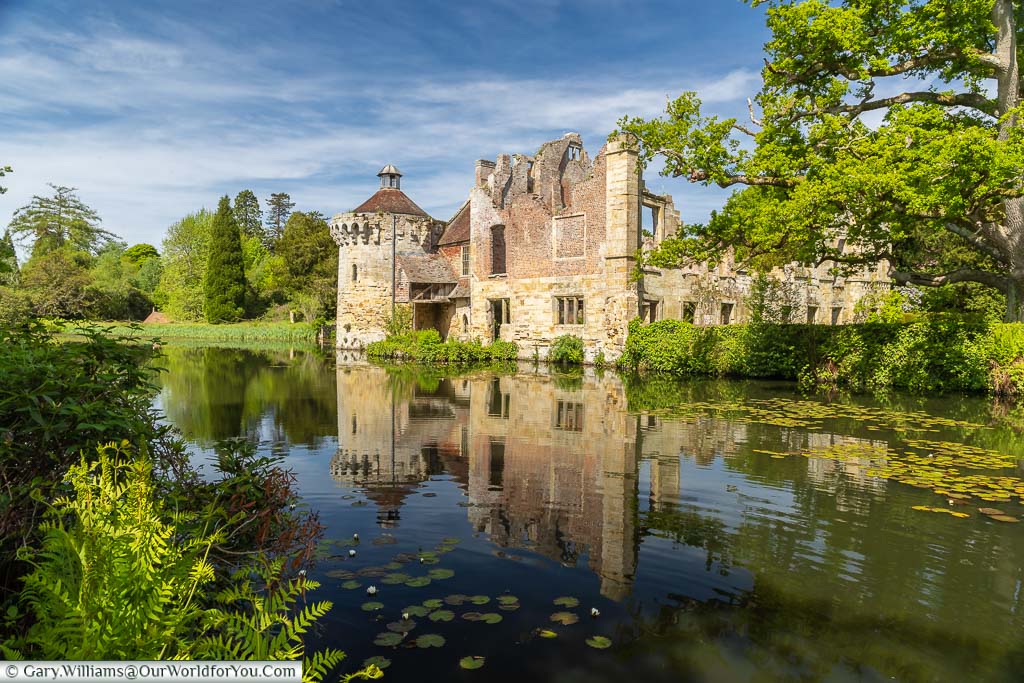
When you amble down towards Scotney Castle’s medieval ruins, ensure you take time to discover Scotney’s beautiful gardens too. The gardens at Scotney Castle are delightful, especially in springtime when the rhododendrons and azaleas are in full bloom.
Scotney Castle’s rich history is fascinating; the earliest records reveal that there has been occupancy at Scotney since 1137.
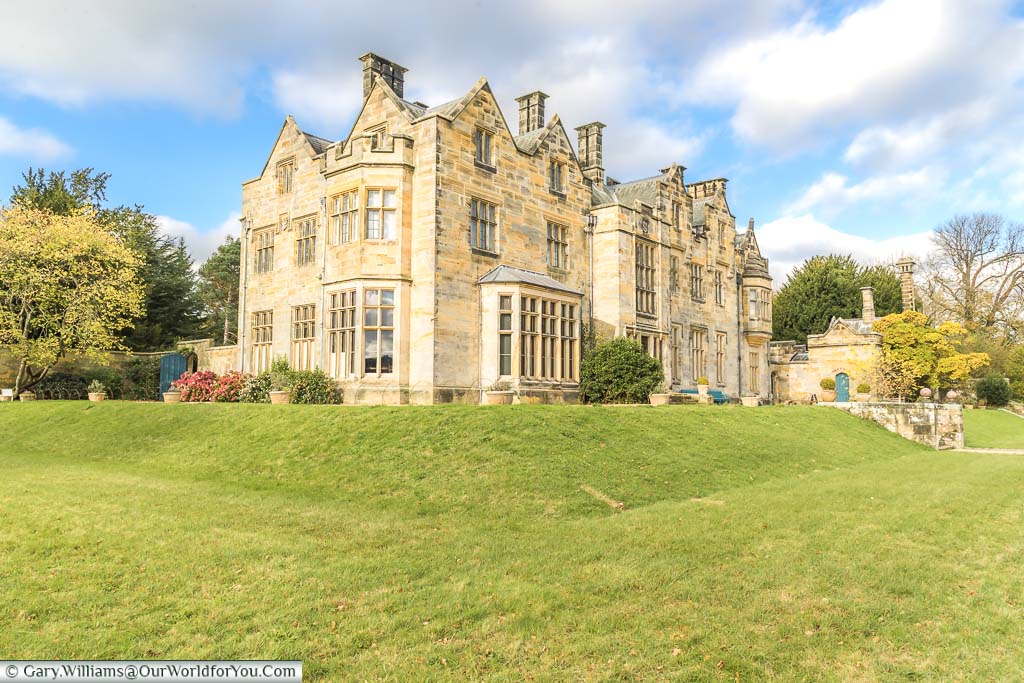
In 1778 the Hussey family took residence. During the 1830s, Edward Hussey III had the Elizabethan Scotney ‘New’ Castle erected, which is referred to as Scotney House and sits high above the medieval ruins of (old) Scotney Castle.
You are able to tour the Hussey family home and experience Scotney House how it would have been when they lived there with their six children. The furnishings belonged to the Hussey family and were bequeathed to the National Trust.
We have created a couple of little YouTube videos of Scotney Castle. Why not take a look?
William the Conqueror certainly didn’t hang around once he had defeated the English. The Duke of Normandy was soon planning the construction of several castles in Kent, one of them being Canterbury Castle.
The original Canterbury Castle was built of wood in the Motte-and-Bailey style. Evidence of the Motte (mound) can be seen in Dane John Gardens; the name is a derivation of the French word ‘donjon’, meaning keep.
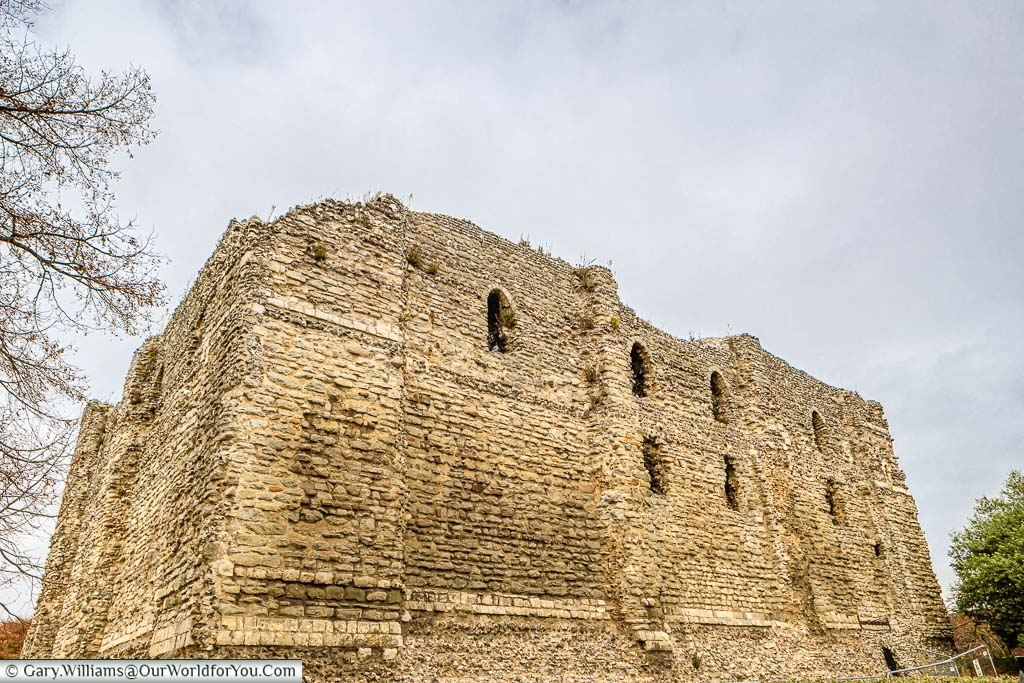
Canterbury Castle was one of three Royal castles built in Kent to protect the route of the main Roman Road through Kent.
The other two castles are Dover, mentioned above and Rochester, which will appear in part II of this post.
Where to stay in Canterbury
Canterbury Castle was then rebuilt of stone by Henry I between 1086 and 1120; these are the ruins that can be explored today within Canterbury Castle.
The importance of Canterbury Castle declined after the construction of Dover Castle, and Canterbury Castle then became a gaol.
Along with the ruins of the castle keep, there is also a large section of the town wall remaining in the city.
If there was ever a castle of my dreams, I think it would definitely be Hever Castle. Hever Castle is stunning, and when you first see the fortress appear before you, you’ll understand why. Hever Castle wasn’t content with just one moat; the swans and ducks here are spoilt with two moats.
Visiting Hever Castle is a majestic experience and one you’ll want to savour, so ensure you allow yourself a whole day.
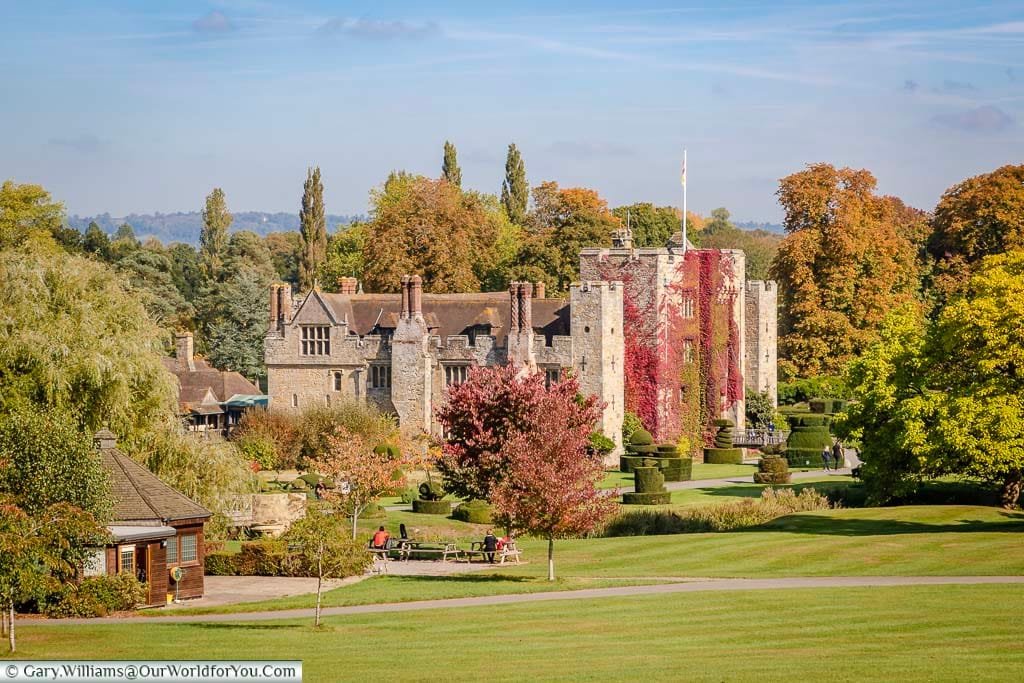
The magnificent castle at Hever was built in the 13th-century along with its medieval gatehouse and a walled bailey. Hever Castle has passed through several hands across the centuries, the most powerful being the Boleyn family.
It was during the Boleyn’s ownership of Hever Castle in the 14th & 15th centuries that the Tudor dwelling was added.
Where to stay near Hever Castle
Strolling around Hever Castle is like setting off on a voyage of discovery, especially if you find yourself lost in the Yew maze.
There are plenty of beautifully kept gardens to explore, from the Fountain and Chess Garden to the exquisite Italian Garden. The Italian Garden is gorgeous, full of charming Italian features, including marble statues, wrought iron urns, ornate stone arches, and dappled shaded pergolas.
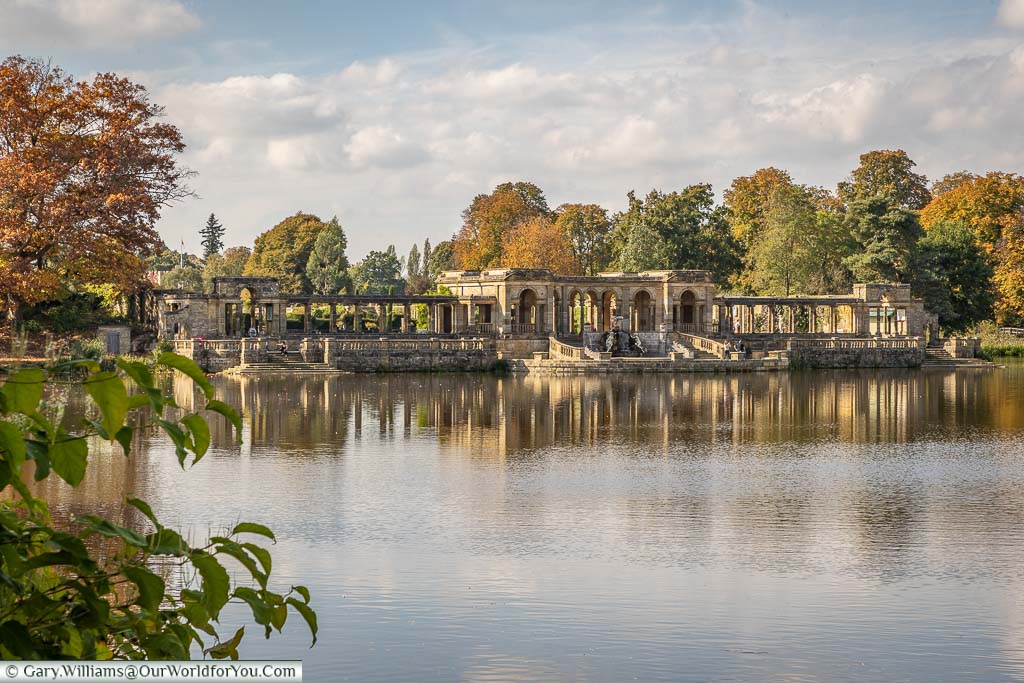
At the end of the enchanting gardens, you are greeted with Hever Castle’s expansive lake; before enjoying a wander around the lake, wend your up the elegant sweeping stone staircase to the grand Italian Loggia. You feel like you’ve been transported to the shores of the Italian Lakes.
Again, we have a video for you.
If you're intrigued by Kent's weird and wonderful history, or all unusual stories around the county, then take a peek at "Kent's Strangest Tales".
You won't be able to put it down, you can pick it up for your Kindle or in good old paperback.
Chiddingstone Castle is located adjacent to the nearby picturesque National Trust Village of Chiddingstone and houses the private art and antique collection of Denys Eyre Bower.
Chiddingstone Castle has origins dating back to the Tudor period, although little remains of this era. From the early 16th-century, Chiddingstone Castle was owned by the Streatfield family; the house was rebuilt in 1679 and was then known as High Street House.
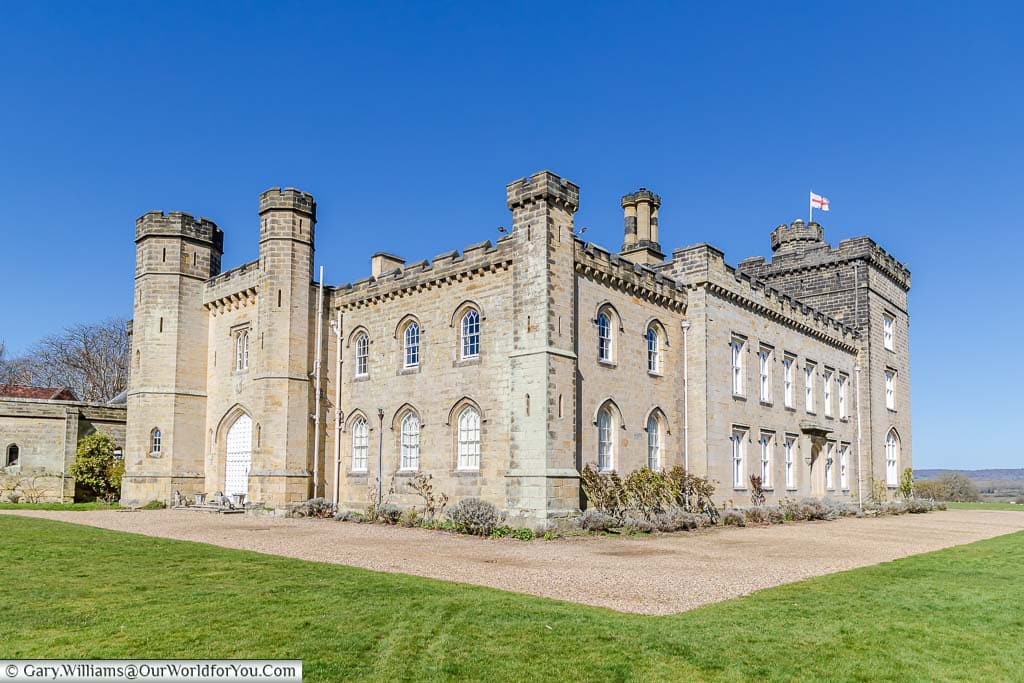
The grand home continued to be passed down through the generations of the Streatfield’s and, in the early 19th-century, was remodelled in the Gothic Style and designed to resemble a medieval castle. Hence the house was renamed, Chiddingstone Castle.
Chiddingstone Castle was then purchased by Lord Astor prior to being sold to Denys Eyre Bower in 1955. Denys Eyre Bower, a former bank clerk and antique dealer, had a bit of a chequered past. However, he wanted to display his collection to the public due to his love of accumulating antiques.
The fascinating artefacts you can see today include pieces from Japan and Egypt and items from the Stuart and Jacobite periods.
Why not include Chiddingstone Castle and Chiddingstone Village on a historic road trip around this beautiful part of Kent? You can start your adventure in Westerham.
Hiking and cycling around the Kent countryside
If you fancy exploring the surrounding footpaths and bridleways around these magnificent Kent castles, then why not download the premium version of the Ordnance Survey app?
For a relatively small annual subscription, you’ll have the whole of the United Kingdom at your fingertips.
Deal Castle, a Tudor artillery fort, stands proud on the Kent coastline of the English Channel and is one of three castles Henry VIII had built during 1539-40 as part of the King’s ‘Device Programme’.
The other two Kent castles which King Henry VIII constructed are Walmer Castle and Sandown Castle. Only ruins remain of Sandown Castle; however, local volunteers have created an idyllic garden.
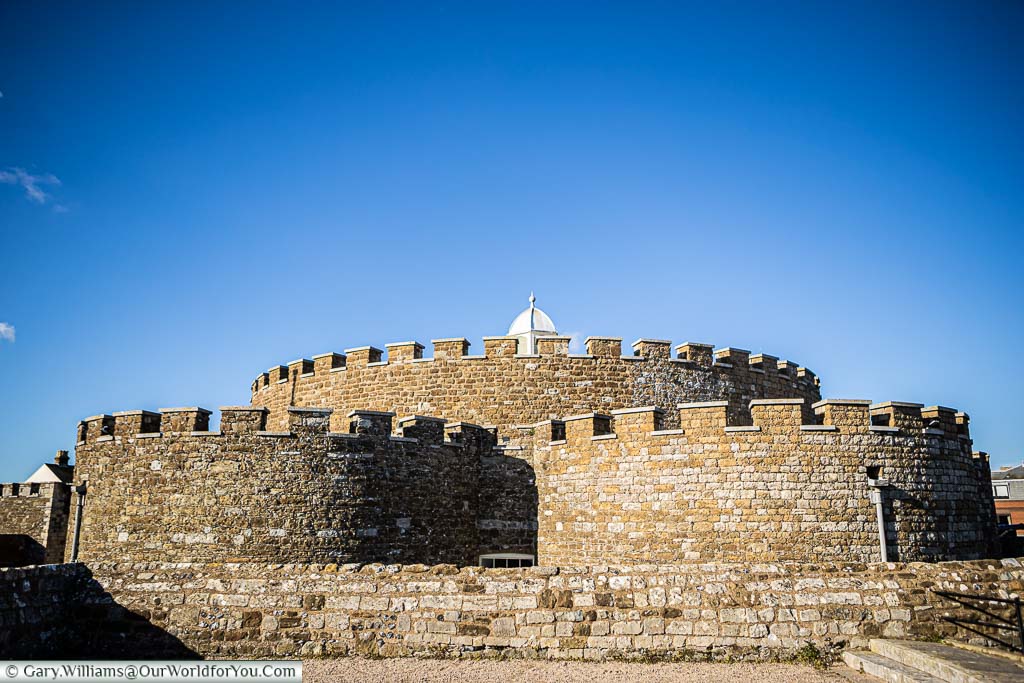
Henry VIII was paranoid, and with good reason, that France and the Holy Roman Empire would invade English shores. Therefore, along with the three robust castles, he built additional earthwork defences.
Deal Castle is a low-lying fortress and a little bit more rustic than its sister castle Walmer just over a mile along the shoreline. However, there will always be a smile on the faces of the English Heritage staff.
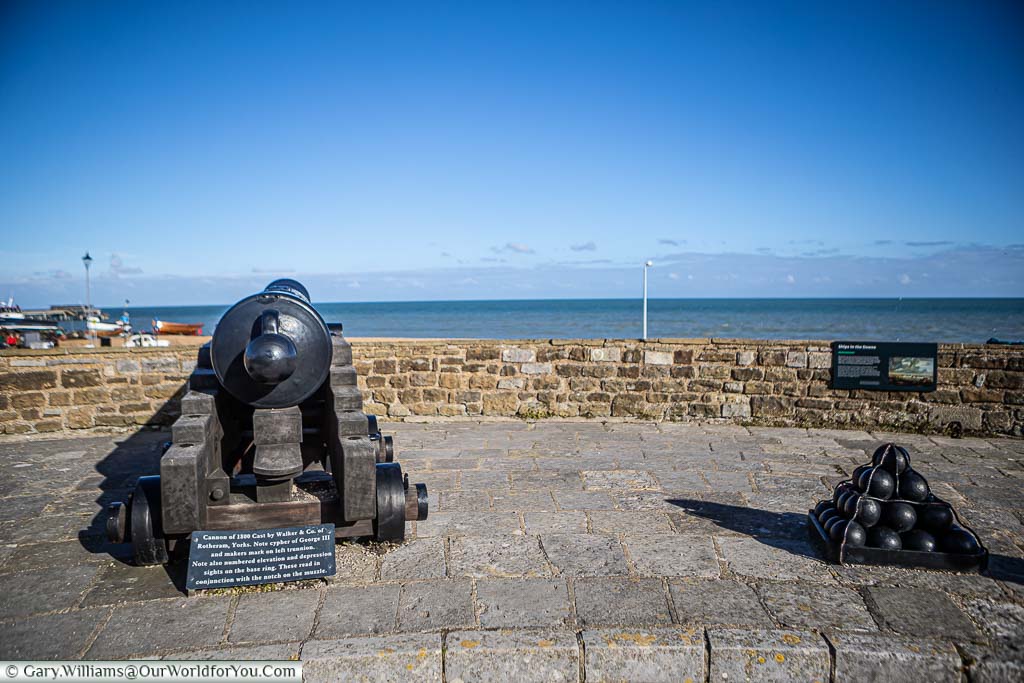
Where to stay in Deal
We have a new little book on our shelves that we delve into when we're heading to the coast.
Packed full of historical facts, and broken down into the different counties of England. It tells tales of the history of the shoreline that surrounds our country.
Available in Kindle & Hardback editions, it's an excellent addition to anyone's collection who loves the English seaside.
Eynsford Castle is managed by English Heritage and is one of their sites which is free to visit; strolling around the ruins of the ancient fortress and embracing the Darent Valley countryside beyond was so tranquil.
Eynsford Castle was built on the site of an earlier Saxon building; the Norman Castle was constructed around twenty years after the Battle of Hastings.
The ruined fortress is located just off the central High Street, by Eynsford village hall. William de Eynsford built this rare surviving early Norman’ enclosure castle’ between 1085 and 1087.
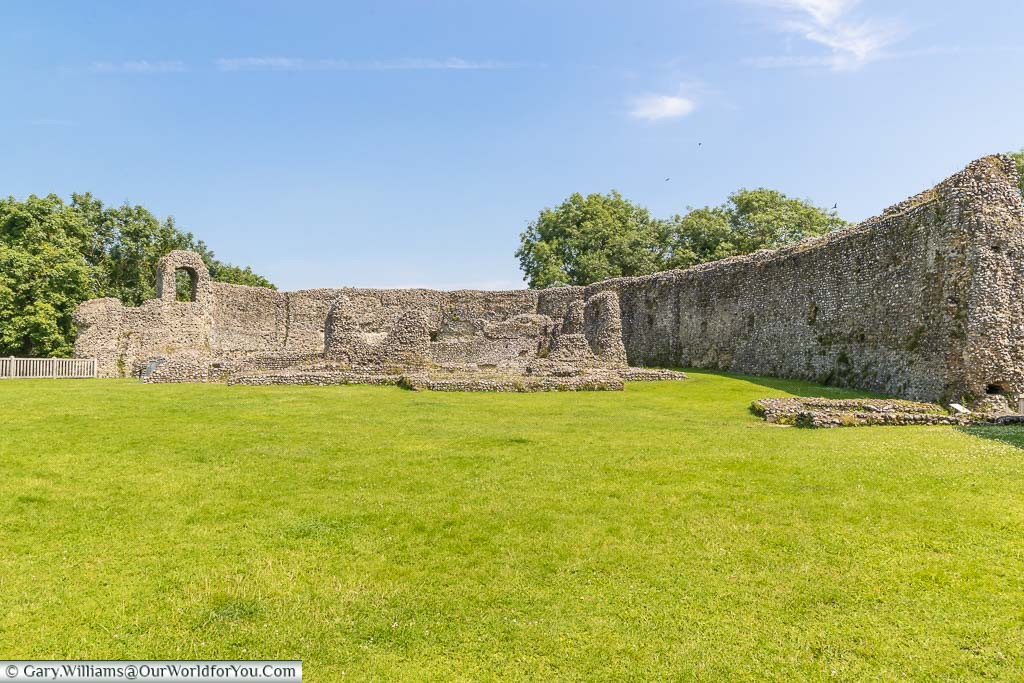
Where to stay in Eynsford
During the mid-18th-century, Eynsford Castle was being used as stables and kennels. Thankfully Eynsford Castle wasn’t lost forever, and even though much of the fortress is now in ruins, the ancient stone curtain wall can still be appreciated today.
Why not include Eynsford Castle as part of a Darent Valley road trip? You can also explore Farningham, Otford and Shoreham.
Escape for a few days
Are you looking for that ‘perfick’ holiday hideaway to relax in while you discover the Garden of England?
After a day exploring the Kent coast and its many historic castles enjoy one of the handpicked properties and unique retreats at Holiday Cottages.
* This post may contain links to affiliated sites where we earn a small commission at no additional charge to you.

